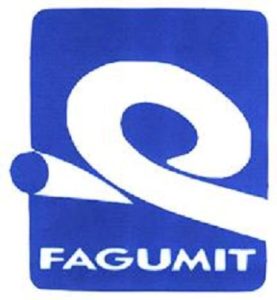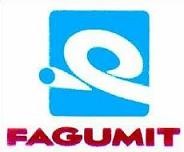On 30 April 2020, Advocate General Giovanni Pitruzzella (AG) delivered his opinion in the matter C809/18 P related to the conditions for application of Article 8(3) of Regulation 2017/1001 which provides a specific ground for refusal allowing owners of, in practice foreign, marks to oppose filings for EU trade marks made by their agent or representative without their authorisation. This is the ‘little brother’ of bad faith. The question in this case is whether the marks need to be fully identical, as the General Court assumed. In the appeal brought by the EUIPO, the AG suggests a new criterion, halfway between identity and similarity, namely ‘substantial equivalence’ for assessing whether Article 8(3) applies.
Relying on Article 8(3), Jerome Alexander, a US company, opposed the EUTM application for the word mark MINERAL MAGIC in Class 3 by John Mills (UK), invoking the US word trade mark MAGIC MINERALS BY JEROME ALEXANDER. The Board of Appeal of EUIPO found the conflicting signs similar (which was sufficient under Article 8(3), in line with the EUIPO guidelines), the goods identical and, as a consequence, refused the application.
The General Court annulled the decision by judgment of 15 October 2018 (T7/17). It held that the absence of the words ‘identical or similar’ in Article 8(3) suggests that it appeared obvious to the legislature that the marks had to be identical (para. 36). The Court also made a historical interpretation of Article 8(3) (paras. 26-32) and emphasised that its conclusion complied with Article 6 septies of the Paris Convention, from which Article 8(3) is derived, holding that the wording of this can be interpreted only as meaning that the conflicting signs have to be the same (para. 34). Since the Court upheld the complaint regarding the requirement of identity between the signs, it did not rule on the issue whether under Article 8(3) also the goods need to be identical, which was the subject of another complaint by the applicant.
In the Advocate General’s view, it is not clear from the wording of Article 8(3) that the conflicting signs must be identical. Such interpretation would render the provision largely ineffective as any slight alteration of the mark by the agent could avoid its application. A requirement of similarity giving rise to confusion, within the meaning of Article 8(1)(b), would not be compatible with Article 8(3) either, since the latter is an independent ground for refusal containing no reference to the concepts employed in Article 8(1)(b). Therefore, the match existing between the conflicting signs should be assessed by reference to a criterion of ‘substantial equivalence’, halfway between identity and similarity. Article 8(3) should then apply where the mark filed by the agent has slight modifications, additions or deletions, which do not substantially alter the distinctiveness of the earlier mark. Similarly, the goods covered by the marks at issue do not have to be identical but should be ‘closely related or equivalent in commercial terms’. The proposed criterion requires a link between the marks and the goods that is closer than that which might give rise to a likelihood of confusion (paras. 41-48). The Advocate General also noted that the test of ‘substantial equivalence’ is in some ways similar to the test applied under the provisions regarding genuine use in cases where the mark is used in a form that differs from the registration without altering its distinctive character (para. 55).
The opinion of the Advocate General is convincing while the judgment of the General Court seemed too harsh. Furthermore, the General Court had previously adopted a more liberal approach, in its earlier case law the signs in dispute could indeed be merely similar:
– judgments of 6 September 2006 (case T-6/05) and of 14 April 2011 (case T-262/09):
 vs. FIRST DEFENSE (word)
vs. FIRST DEFENSE (word)
– judgment of 29 November 2012 (cases T-537/10 and T-538/10):
 and FAGUMIT (word) vs.
and FAGUMIT (word) vs. 
Moreover, in a decision subsequent to the MINERAL MAGIC judgment, the Court (composed of other judges) held that Article 8(3) applied to filings made by an agent with respect to identical or similar signs and goods (judgment of 14 February 2019, case T-796/17, para. 21).
The expected ruling by the CJEU should address and hopefully eliminate this inconsistency in the jurisprudence.
_____________________________
To make sure you do not miss out on regular updates from the Kluwer Trademark Blog, please subscribe here.
Kluwer IP Law
The 2022 Future Ready Lawyer survey showed that 79% of lawyers think that the importance of legal technology will increase for next year. With Kluwer IP Law you can navigate the increasingly global practice of IP law with specialized, local and cross-border information and tools from every preferred location. Are you, as an IP professional, ready for the future?
Learn how Kluwer IP Law can support you.


